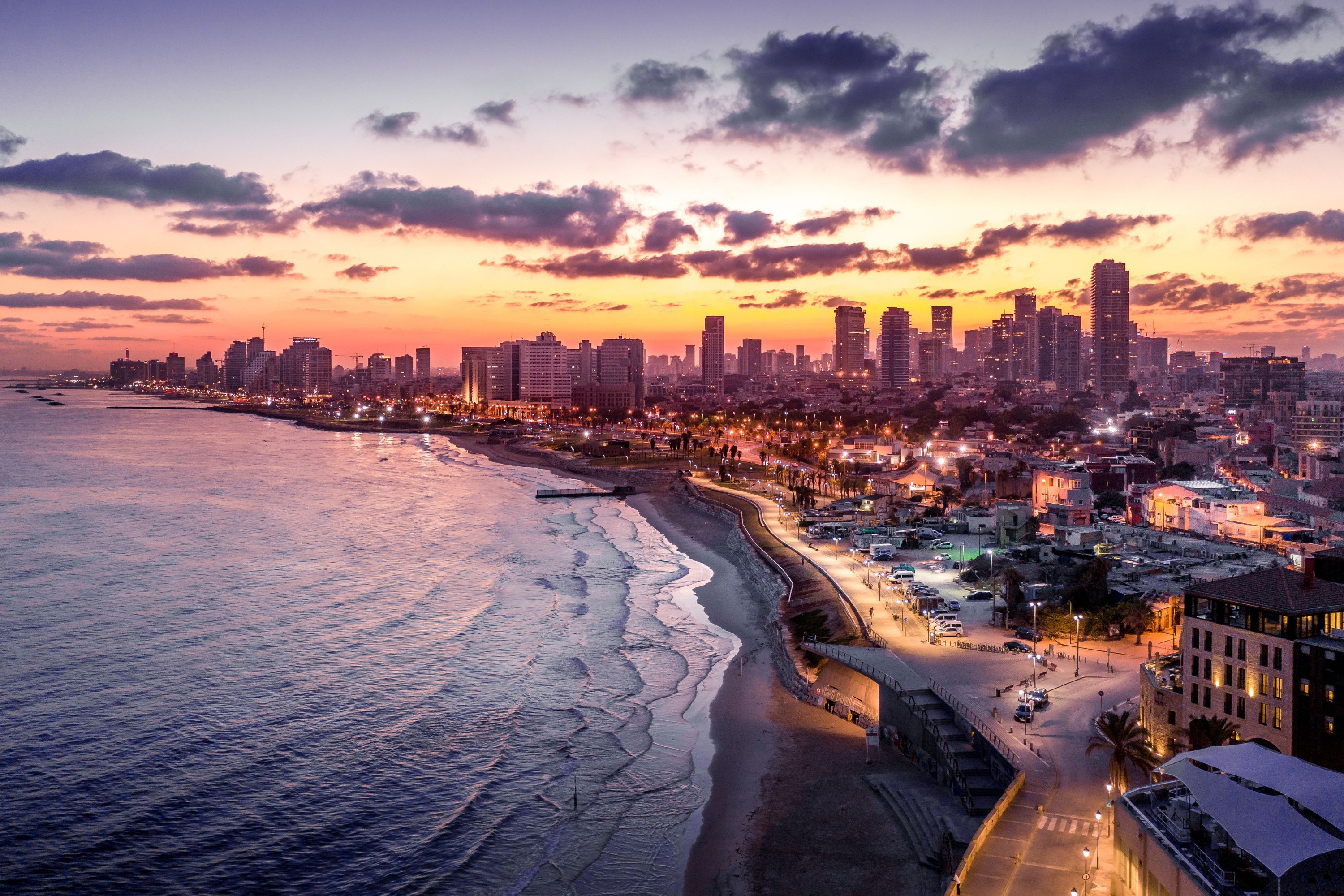A Now-Submerged Prehistoric Village Located Off The Coast Of Israel Was Able To Survive A Climate Cooling Crisis Around 8,200 Years Ago

Around 8,200 years ago, a village was able to survive a period of climate instability, according to archaeologists. The village, named Habonim North, was found underneath the Mediterranean Sea off the Carmel Coast of Israel. It was located eight to 10 feet below the surface.
The submerged site was first found in the mid-2010s. Now, researchers from the University of California, San Diego, the University of Haifa, and Bar-Ilan University in Israel are exploring its depths. It once covered the southern Levant, a region that corresponds with what is now Israel, Palestine, and Jordan.
After radiocarbon dating organic remains from the site, they determined that it was occupied during the Early Pottery Neolithic period, which took place from approximately 6400 to 5500 B.C.
The team was stunned to discover that the site dated back to a time period when a phenomenon that scientists call the “8.2 ka” climate event occurred. Initially, they thought it was associated with a later archaeological period.
“There are many submerged sites in this area, but they are all from a later or earlier period,” Roey Nickelsberg, a PhD candidate with the Department of Maritime Civilizations at the University of Haifa, said. “And on land, there is very limited evidence for settlement during this period, so to identify an active permanent settlement was surprising and exciting.”
Not many settlements after 6200 B.C. were in the region because of the impact that the 8.2 ka event had. The event was characterized by a period of abrupt cooling that may have occurred over the course of just a few decades. Overall, the cooling event lasted for about 160 years.
During the event, the eastern Mediterranean region experienced dry and arid conditions, which most likely affected farming communities.
Previously, archaeologists assumed that the climate event caused people to abandon coastal settlements in the southern Levant.
However, the findings from the investigations at Habonim North suggest that the village remained occupied throughout the period of climate instability.
tamas – stock.adobe.com – illustrative purposes only
Sign up for Chip Chick’s newsletter and get stories like this delivered to your inbox.
The team uncovered a number of remains at the site, including pottery shards, stone tools, plant/animal remains, and traces of architectural structures. These artifacts helped them come to the realization that the site coincided with the 8.2 ka climate event.
The researchers don’t know how the people living at Habonim North survived or how the climate event impacted them, but they believe that having access to marine resources such as shrimp, fish, lobster, crab, clams, mussels, and oysters, as well as agricultural resources, helped the villagers thrive. Additionally, there is evidence to suggest that they may have traded with other communities.
Welcome to Billionaire Club Co LLC, your gateway to a brand-new social media experience! Sign up today and dive into over 10,000 fresh daily articles and videos curated just for your enjoyment. Enjoy the ad free experience, unlimited content interactions, and get that coveted blue check verification—all for just $1 a month!
Account Frozen
Your account is frozen. You can still view content but cannot interact with it.
Please go to your settings to update your account status.
Open Profile Settings